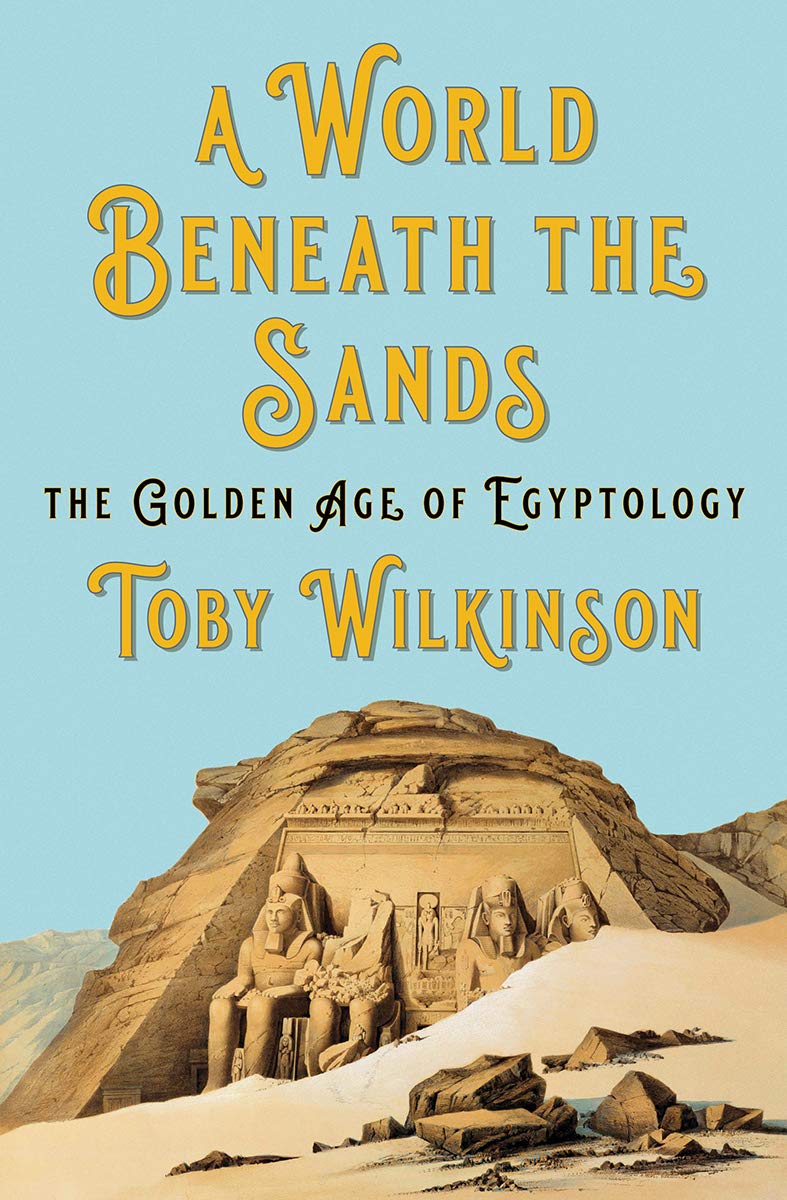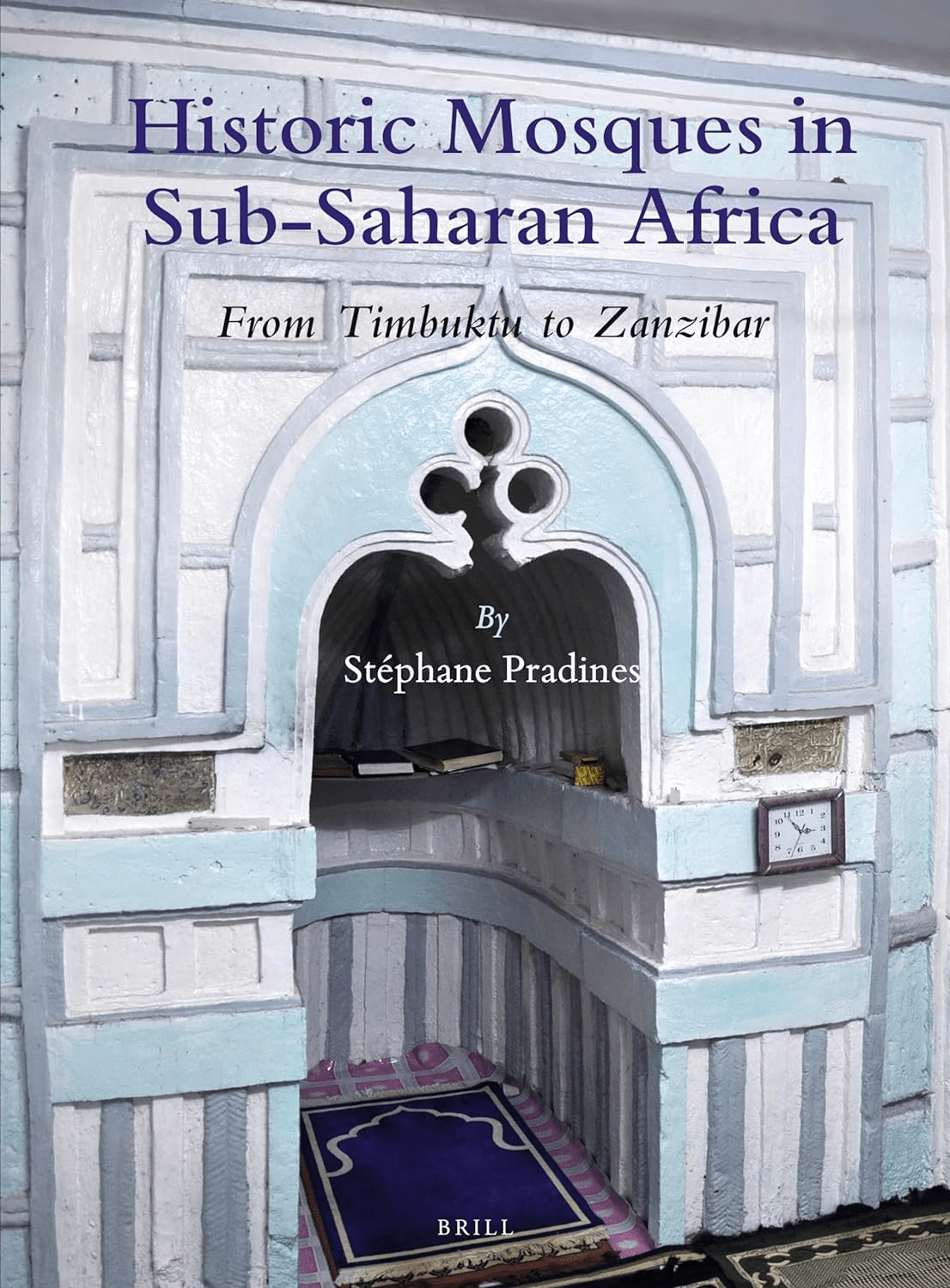
A World Beneath the Sands: The Golden Age of Egyptology
Tom Verde
Toby Wilkinson
2020, W. W. Norton, 9781324006893, $30 hb
Not until the 19th century did scholars in the West dub “Egyptology” an academic science. This history of the field’s evolution examines its leading international players, culminating in the early-20th-century excavations of English archeologist Howard Carter, discoverer of the tomb of Tutankhamun. Many were in it for the money, such as early-19th-century British consul Henry Salt, who pocketed thousands of pounds selling off antiquities to the British Museum; others, like France’s Jean-François Champollion, who in 1822 cracked the code of hieroglyphs, sought renown. Although US consul George Glidden advocated Egyptology as a genuine science in the 1850s, his characteristically colonialist scorn for the local populace puts a tarnish on the very idea of a “golden age” for Egyptology, since the same could be said of many of his predecessors, contemporaries and not a few of those who followed. Wilkinson offers an accessible read for those looking to gain an understanding of how Egyptology evolved from a hobby for the adventurous and (usually) wealthy to a scientifically informed discipline.
You may also be interested in...

Historic Mosques in Sub-Saharan Africa
From Mali to Tanzania, historian Stéphane Pradines traces a thousand years of Islamic architecture that forces us to rethink what we know about Africa’s past..png?cx=0.45&cy=0.59&cw=382&ch=519.4922937443337)
New Book Decodes Mystery Behind Sixth Century Mosaic Pavement
Jane Chick’s 2024 study on enigmatic Libyan mosaic bridges Late Antiquity Roman and early ecclesiastical art.